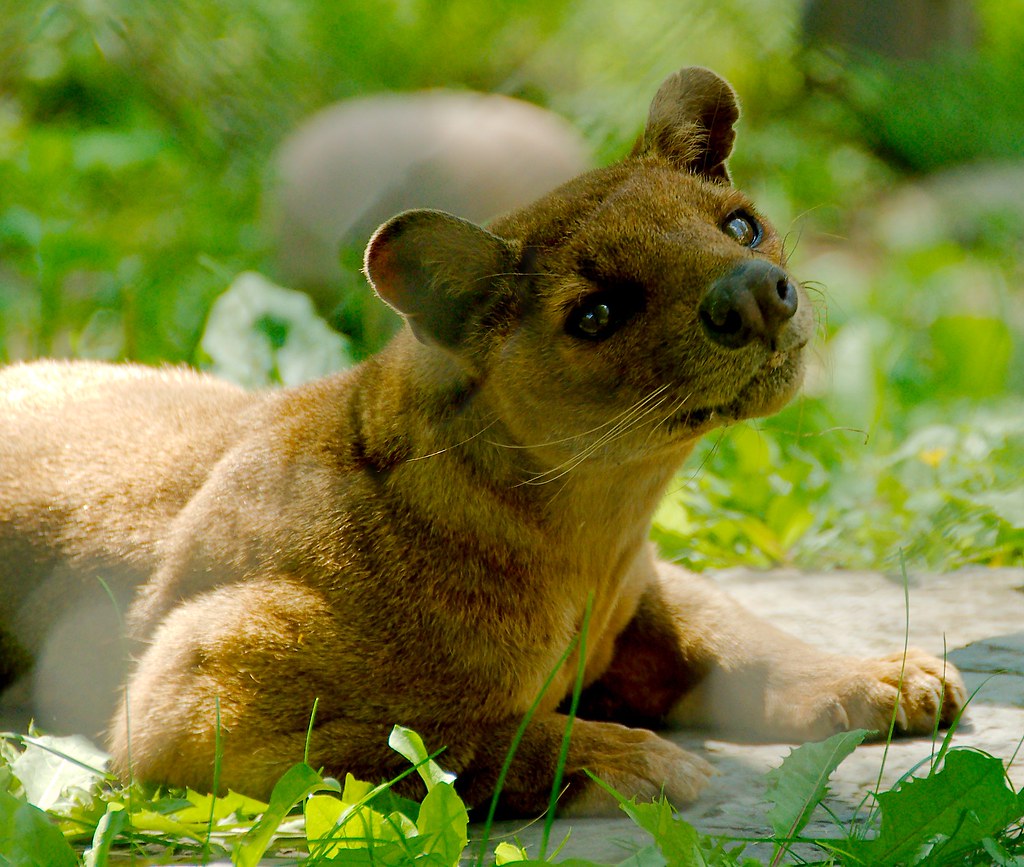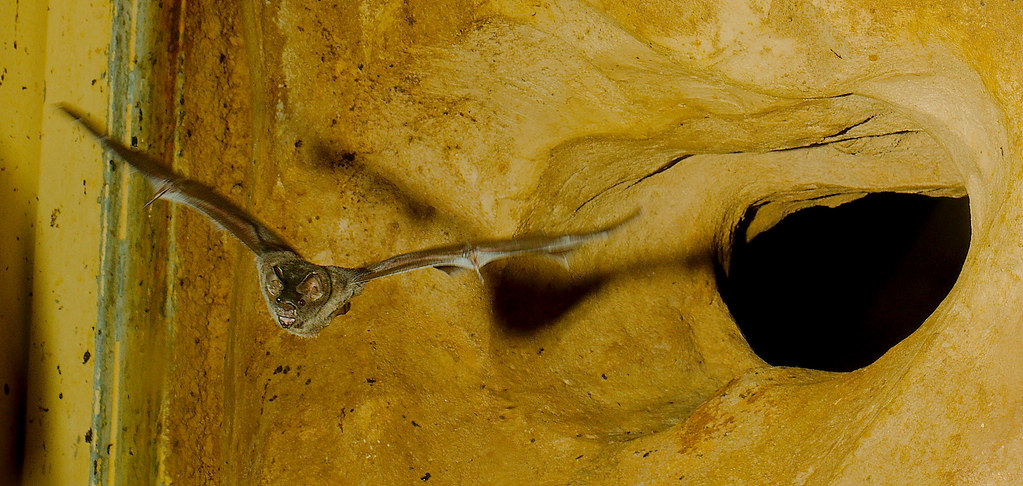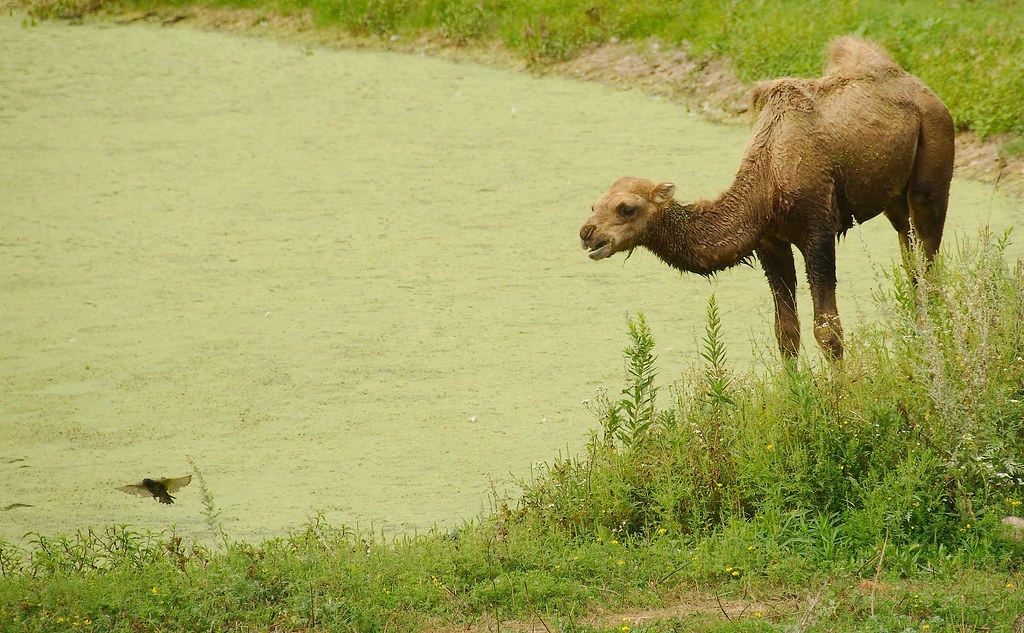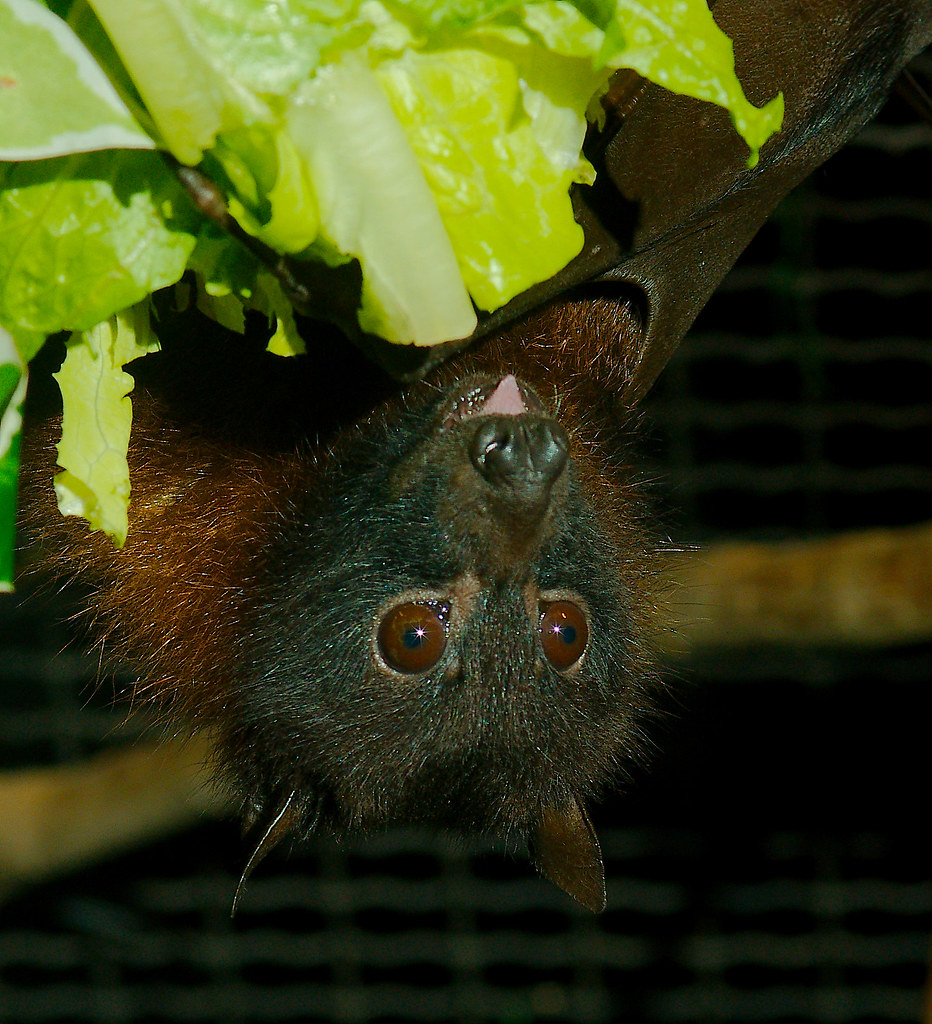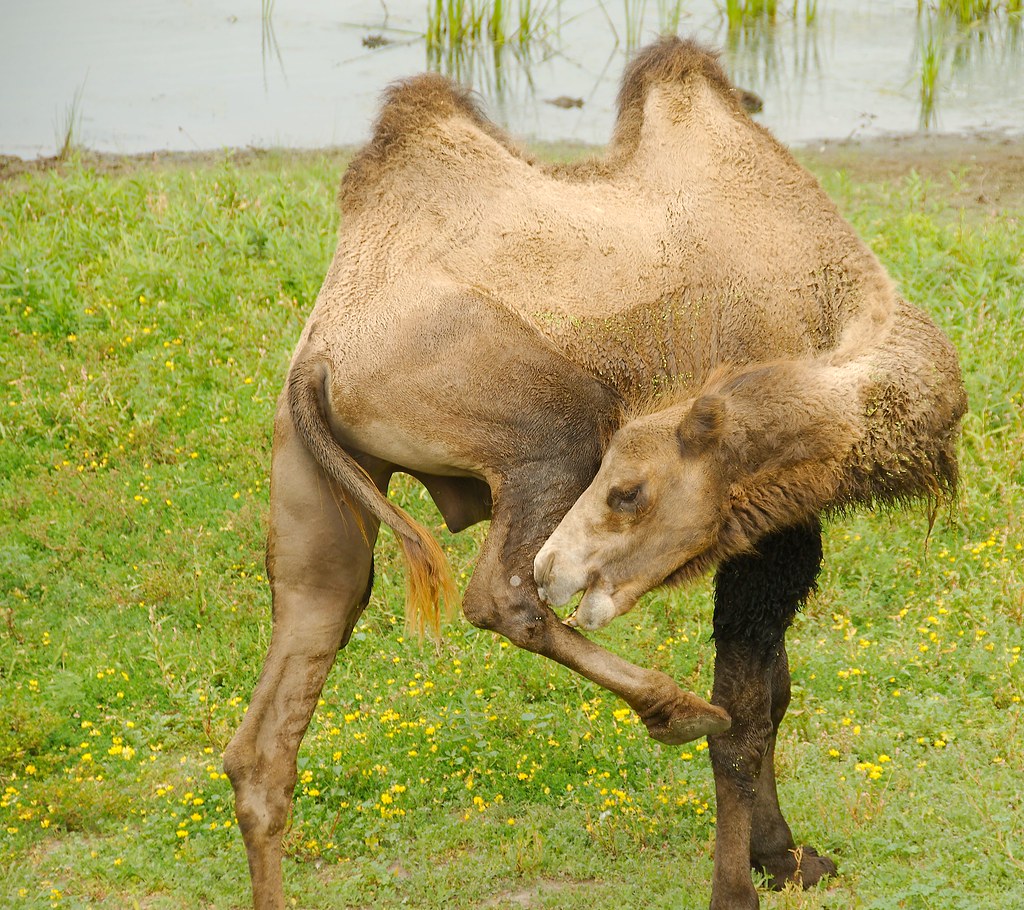
I like zoos, but then you probably know that. What you probably don’t know is that in addition to visiting them, I read about them … a lot. Most people don’t. That’s fine, everyone’s interests don’t always have to align. However, when popular sites spread half truths and lies, I think it’s important to call them out.
On July 29th, the Huffington Post, published 11 Things You Should Know Before Planning Your Next Trip To The Zoo. The thesis of the article is that if you care about animals, you should put your money into conservation work instead of in zoos. This is a common view. However, as journalism becomes increasingly emotionally manipulative, I am concerned that the message “don’t give money to zoos, give money directly to conservation groups” is becoming “don’t give money to zoos”, and I have a big problem with that.
So let’s talk about elephants. Specifically, lets talk about the little elephant in the photo above.
The article faults the Association of Zoos and Aquariums (AZA) for hiding the fact that elephants in zoos live shorter lives and have more health problems than those in the wild. It talks about artificial enclosures, animals being moved from zoo to zoo, and that, in some cases, we just don’t know enough to care for the animals. This are all true. However, despite the use of hedge words like “some zoos” and “many zoos”, the overall tone of the article comes down like eleven slams of a hammer striking home the message “zoos are awful”.
Such articles are easy to write now that the Internet puts gigabytes of data at your fingertips. All one needs to to create a list of horrifying facts is run a couple of Google searches and pick the stories that support your view. If you read the actual articles linked to from the Huffington Post piece, you might see a rather different story.
Elephants aren’t doing well in zoos. That’s true. Even the best zoos tend not to have the space that an elephant really needs to be healthy. In fact, many zoos are in the process of moving their elephants to facilities that are better equipped to take care of them. This is not, however, an immediate process. Creating an elephant sanctuary isn’t cheap. Then, once it’s built, it must be funded. Elephants must be fed. New elephants must be moved there. Medical experts must be employed to keep them healthy and, with luck, work towards building a genetically stable population. Also, if the sanctuary is located somewhere that elephant poachers are an issue, you have to consider money for guards and law enforcement.
Who would support this endeavor? Stop for a moment and think of your friends. Now think only of those that can afford to just give away some cash. Now think of what they could do with that money.
- Invest in the stock market to get a good return on their cash
- Support a kickstarter to get a cool toy
- Pay for their kids to go to college
- Buy a new car…
With everything vying for our money, we’re really lucky, actually, that there are people willing to fund these projects.
Ponder why that may be. Maybe, just maybe, it’s because they’ve seen an elephant. Maybe, as children, they stared up at a quiet monster looming over them. Maybe, as parents, they looked down at their children watching trunks twist and twirl like nothing they’d seen before. Maybe they cherish such experiences and wish to ensure that that feeling of respect and awe for something greater than yourself is not lost to future generations.
If you never got to see an elephant in a zoo, how likely do you think it would be to have that experience?
That is what zoos constantly face. They put animals in captivity to keep them safe from those that want to kill them or take over their homes. Once in captivity, they must protect the animals from the cruelty and torment of unthinking zoo guests. They must create an environment in which the animals are comfortable enough to live and breed so populations can be maintained. As few zoos are large enough to sustain stable populations within themselves, so they must also move animals from zoo to zoo. They’re also rescuing animals from the brink of destruction and giving them a place to live while hoping that, along the way, they can learn enough to keep them alive.
All of this must be done while keeping the experience for the people at the zoo “fun enough” for them to keep coming back, thereby providing enough money for the zoo to survive.
I have never met a zookeeper (and I’ve met more than my share) who wouldn’t prefer that their charges be able to live their lives more naturally. I’ve never met one who would say “don’t give money to protect the animals in the wild”. However, I’ve also never met one who would say “keep your money, we’re good”.
The article is right. It would be great if zoos could be less flash and more direct conservation work. The people who work at the zoos feel the same way. They don’t want to be running a daycare for unthinking parents who let their children run as wild as the animals cannot. However, among the many things the article leaves out are:
- Where some animals live, there is no way to prevent people from killing, eating, or selling them. Zoos give these animals a safe place to live while governments address the poverty, graft and corruption that prevents successful conservation.
- There are many things we still don’t know about animals. Zoos provide a way for us to learn about nutrition, psychological needs and environmental dependencies that we simply can’t learn in the wild.
- Scientists in zoos are able to conduct experiments. In the wild some experiments could result in incalculable loss. Though painful, in captivity, such losses can provide strong evidence for why certain practices should never again be attempted.
- Zoos provide a type of education that cannot be given in schools, via the Internet or on TV. Seeing, hearing, smelling and, in some cases, touching and animal makes it real in a way that a picture, no matter how good it is, can do.
And that, really, is the point that the article missed. Zoos are a source of inspiration. Were it not for zoos, that little elephant in the picture above would not exist. Without that elephant, some child ten years from now, may never experience that lightning bolt of awe that only a huge animal can create. Without that experience, that child, as an adult, may never value the lives of those animals they’ve known only as videos on their phone.
The article states “If you want to see wild animals, you should seek a place where you can view animals who are not caged.”. This is true. However, were that the only option, a family of four would have to fly to Africa to see an elephant for the bargain price of $10,000.
Or, who knows, maybe they’d choose to spend only $2,000 and go to Disney World instead.
Wonder what they’d pick.


